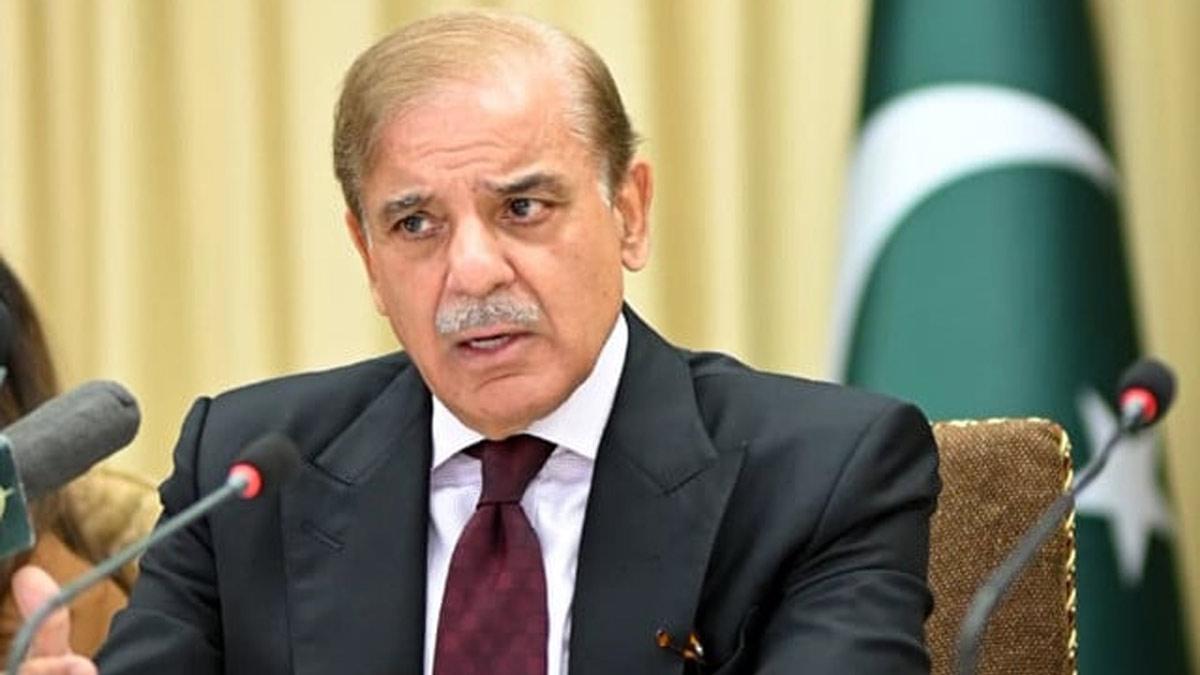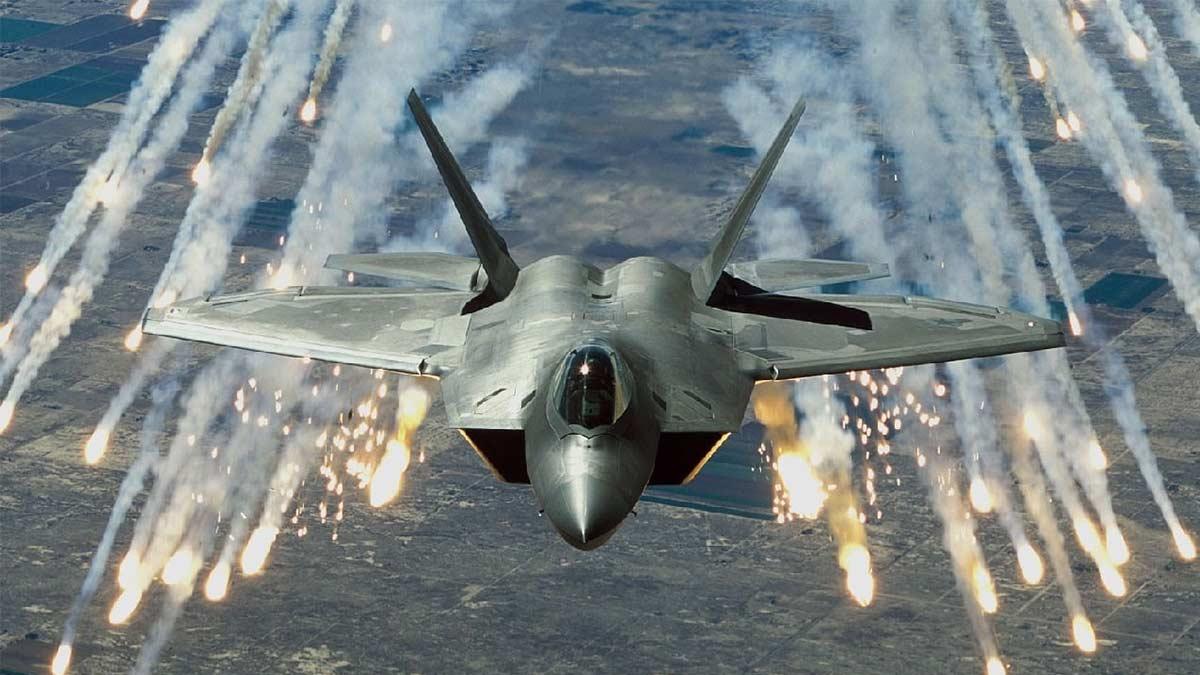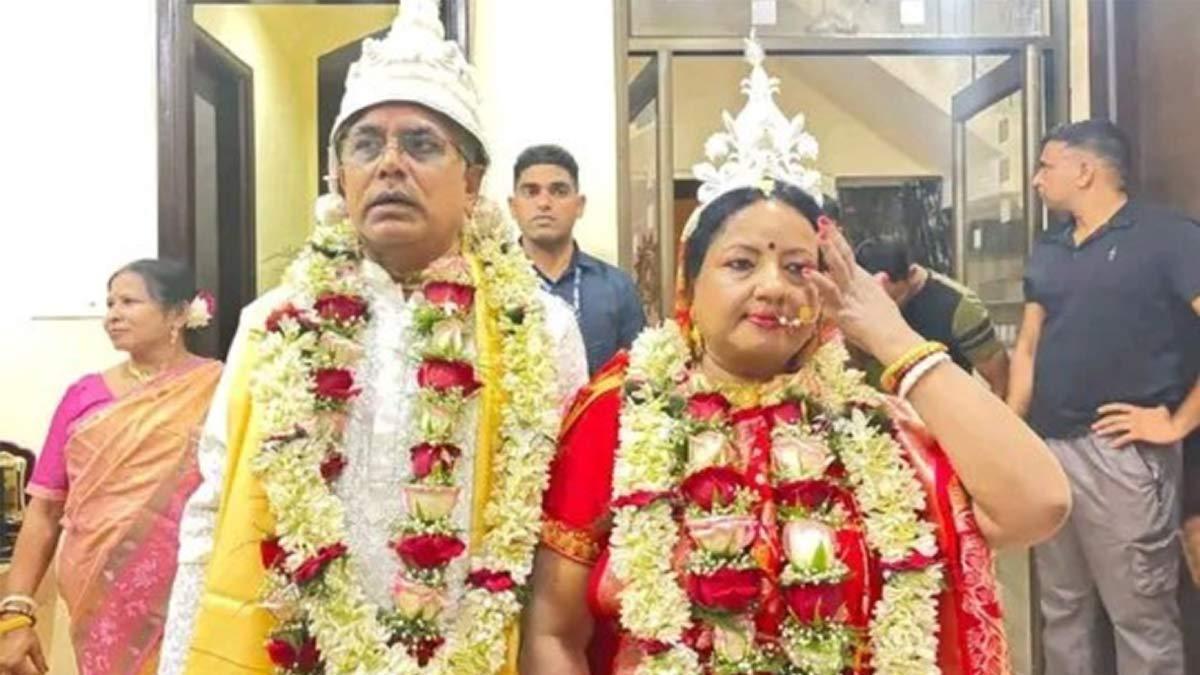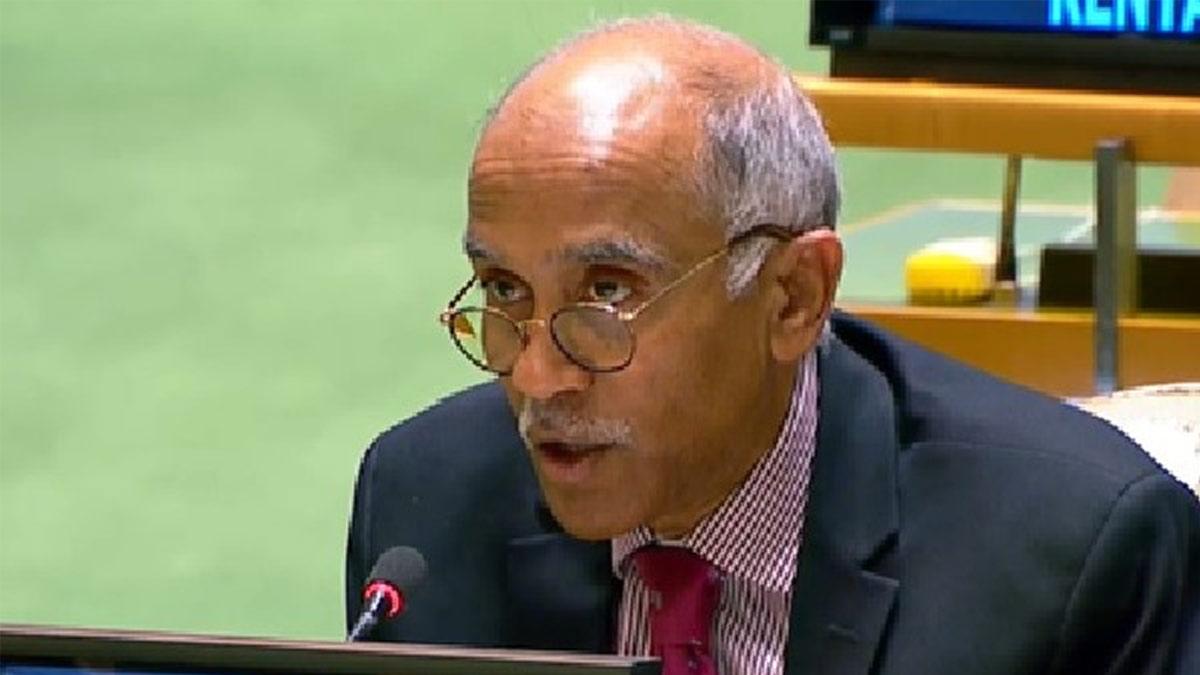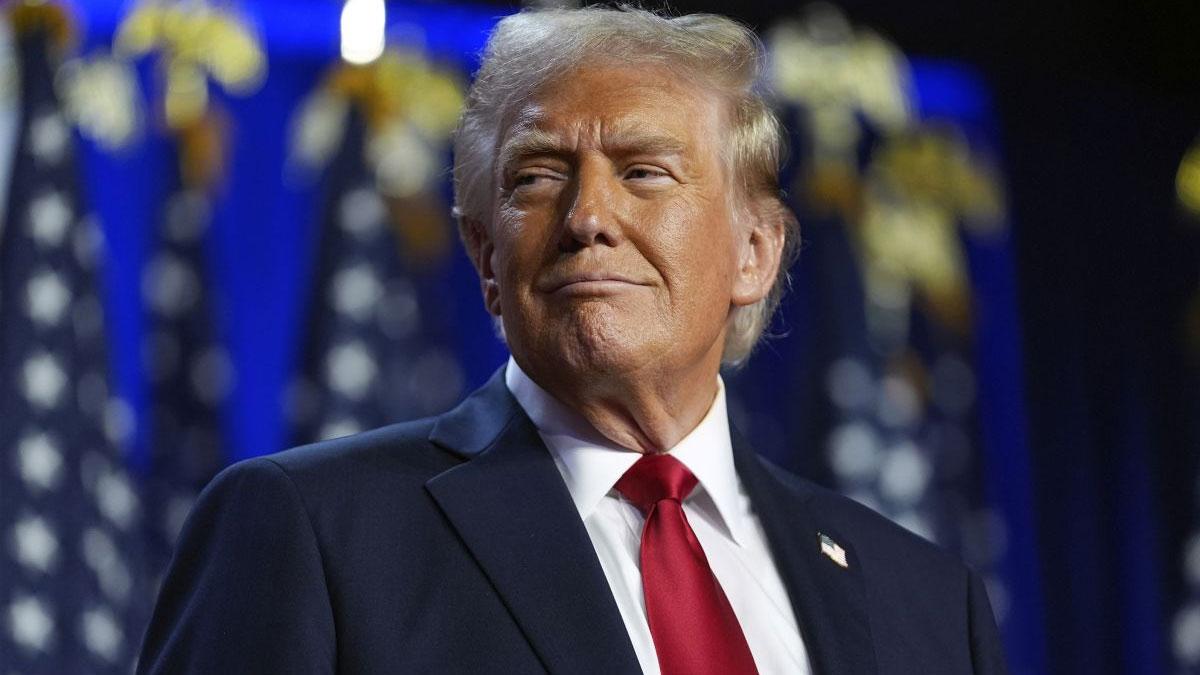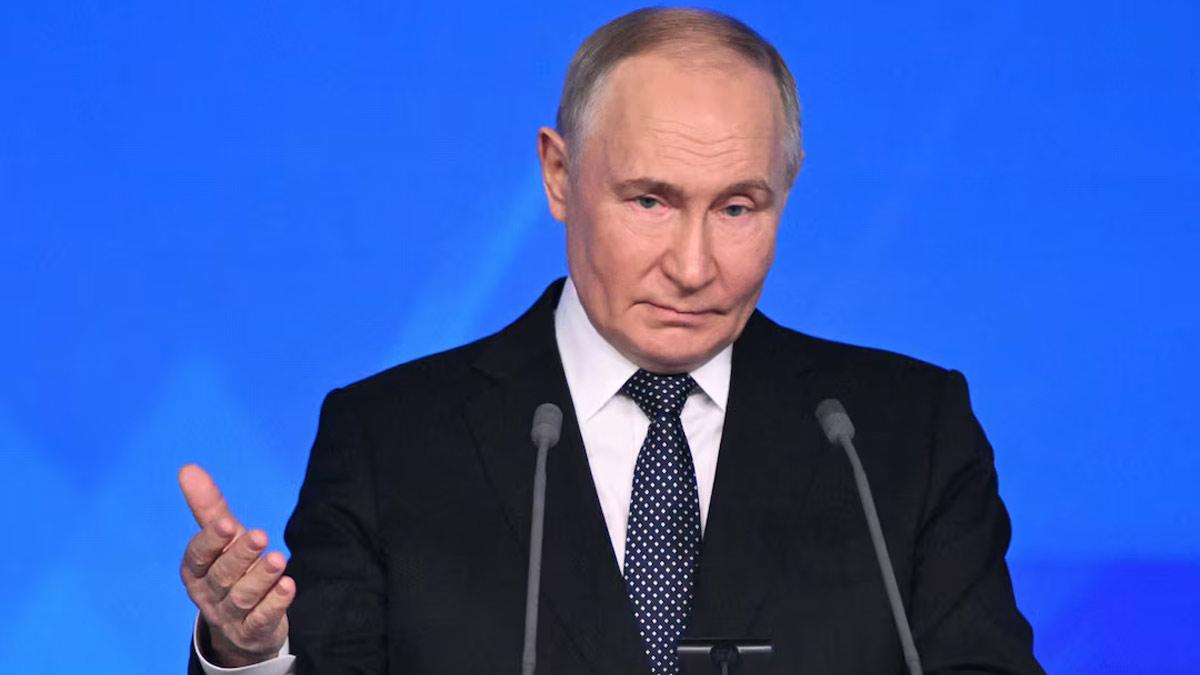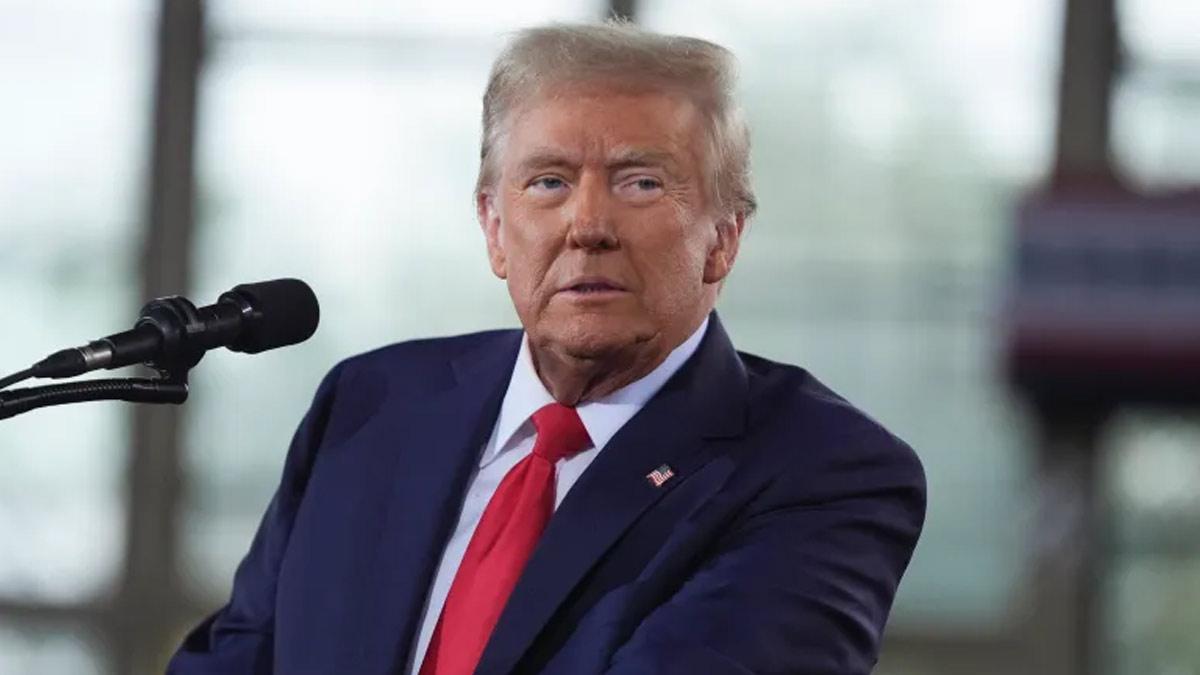Wednesday evening, Pakistan Prime Minister Shehbaz Sharif paid a visit to a cantonment of the military in Sialkot, the Punjab province, with the objective of showing support and boosting soldiers' morale.
However, what was intended as a show of support for Pakistan’s armed forces turned into what many described as a misstep—highlighting not strength, but vulnerability. The visuals, setting, and timing of the visit only intensified the scrutiny, especially in the wake of India’s assertive military display during Prime Minister Narendra Modi’s recent visit to a key airbase.
Sharif’s visit has been widely interpreted as an effort to mirror PM Modi’s symbolic show of military resolve. Yet, while Modi’s presence at Punjab’s Adampur airbase projected confidence and capability, Sharif’s interaction with Pakistani soldiers drew criticism for its subdued tone and lack of strategic or visual strength.
PM Modi’s stop at the forward base came shortly after India launched a powerful counter-offensive, ‘Operation Sindoor’, on the morning of May 10. During that operation, India reportedly struck multiple Pakistani airbases in retaliation to escalating hostilities. In the aftermath, Pakistan claimed it had neutralized Indian aircraft, destroyed airbases, and even captured Indian personnel—claims which New Delhi firmly dismissed as false.
Modi’s visit to Adampur appeared to reinforce India's denial of those claims. With fighter jets, S-400 missile systems, and MiG-29s prominently featured in the backdrop, and having arrived in a Hercules aircraft that landed directly on the airstrip, the optics sent a strong message: the base remained fully operational and unscathed.
Sharif, on the other hand, was observed addressing troops on what appeared to be a deserted field, accompanied by only a few tanks and distant aircraft. The indication that there appear to be no airstrips or functional runways in the footage made available by the Pakistan PMO has been analyzed as further evidence of widespread destruction to Pakistan's air infrastructure following Indian strikes.
Twitter followers were quick to point out the differences, and the majority made fun of Sharif's move as an uncreative imitation of India's. Others termed the move a desperate attempt to imitate India's gesture of support for its military, but one that was devoid of substance or symbolism.
Meanwhile, PM Modi’s presence at Adampur airbase carried a dual message—of strength and resolve. Standing beside defence hardware and personnel, Modi affirmed India’s readiness in the face of drone and missile threats. His rousing address echoed national pride and defiance, stating, “When our soldiers chant ‘Bharat Mata ki Jai’, the enemy trembles with fear.” He further declared, “Ghar mein ghus ke maarenge”—a statement that drew applause and reinforced India's assertive stance.
Foreign news outlets like The New York Times and The Washington Post also reported the outcome of Operation Sindoor, with both news outlets admitting India's strategic edge in the confrontation.
Ultimately, the comparison between the two leaders’ recent military engagements has drawn attention to both style and substance. While Modi’s visit underscored operational readiness and strategic communication, Sharif’s appearance served more to highlight the damage endured—both on the ground and in public perception.
Read also| Putin to Miss Ukraine Peace Talks in Turkey; Kremlin Aide to Head Russian Delegation
Read also| Donald Trump Praises Former US-Designated Terrorist as 'Young, Attractive Guy'

